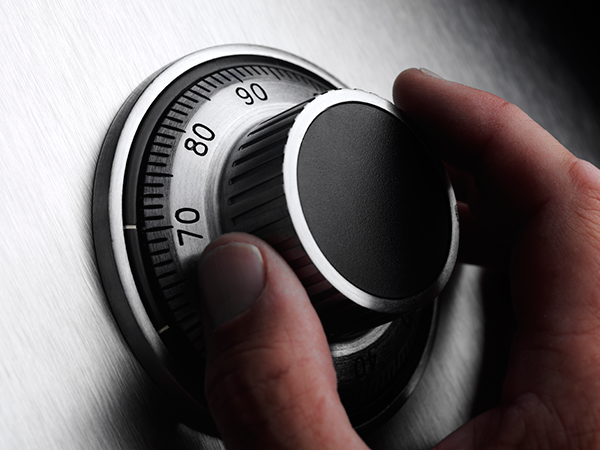The Importance of Insuring Your Valuables

There are two different types of high-value insurance coverage. The first type functions as a rider on a policy that is already in effect, essentially providing extra coverage to an item or items that are partially covered under an existing policy. For example, a person who has a homeowner’s insurance policy might have some coverage for his or her jewelry. Typically, however, there is a limit of several thousand dollars on this coverage. A high-value insurance policy rider could increase this coverage to the amount needed to replace the jewelry if it were lost or stolen.
The second type of high-value insurance policy is coverage that is written as a separate policy. These are common on items that are not covered under any existing policy, such as an antique car. The stand-alone policies can also be used to insure items during transport or shipping, or while they are located somewhere other than a home address (such as on loan to a museum).
In practically every case, anyone who wants one of these items will have to show some sort of proof of the item’s value. Most commonly this takes the form of a professional appraisal, but it is also common to use a sales receipt. In addition, make sure to check with your agent to see if these items are required to be protected. This can take the form of keeping the items under lock and key and/or guarded by a security system. It is also common for these policies to carry restrictions on how much will be reimbursed for a partial loss.

